Robert Johnson
Extant
Franklin, New York, 13775, United States
begun 1989
The environment is currently closed to the public and is undergoing construction.
About the Artist/Site
Robert Johnson was born in rural Delaware County, New York, part of a close-knit family where consideration of art and nature was part of daily life. His father was a draftsman and his mother was an occasional substitute art teacher for the local grade school; most of his youth was spent with his parents, brother, and grandmother in a three- family home on Center Street in Franklin, NY, the home he still lives in today. Surrounded by the local ecology of forests, streams, meadows and ponds, his upbringing instilled in him a respect and understanding for the natural world that would never dissipate. He spent one year attending an arts college in Maine, but never considered working with stone. Then, in 1989, when Johnson was forty years old, he began working at the Franklin cemetery as a gravedigger. He had been instructed to toss the excavated rocks over the riverbank on the outskirts of the cemetery, but instead of discarding these large rocks, he collected them and brought them home in the bed of his Jeep. Johnson remembered seeing his family make rock gardens when he was a child, and he figured he could do the same. He also recalled stone shapes from history, including European castles and cathedrals, Egyptian pyramids, and Machu Picchu, and he began experimenting with the rocks to see what kinds of shapes he could achieve by fitting their natural shapes together like a puzzle. He had no training in stone masonry or construction—and for this he is thankful—for he uses neither tools to break the stones nor adhesives to hold them together: Johnson believes in respecting the natural shape of the rocks, and that using aggressive tools would compromise the authenticity of his work.
Johnson has worked on his ever-evolving backyard rock garden since the early 1990s. He divides his time between the stone environment on his property, curating his immaculate collection of early- to mid-century housewares, and constructing stone works for hire on the properties of local residents.
Johnson considers his work to be connected with the natural world, not separate from the earth, but a continuation of it: earth, in a different shape. He prefers to call himself an “art-er,” because he can make art, rather than an artist, because he says he has no message behind his work. He sees his environment as temporary, and regularly deconstructs and reconstructs it, allowing it to evolve and change shape, as does every force in nature. The process for Johnson is not clearly defined by a beginning and an end. He moves from project to project, and often works on more than one project at once. Johnson's backyard environment has acquired many names from locals and passersby, but he prefers to call it the “show room,” based on his use of it as a display of what he can achieve in stone.
Johnson's selection of medium is intimately connected with his locality in central New York. The large, slab-like rocks he uses to construct his walls, towers, winding stairways, and hidden doors are common in the area surrounding Otsego and Delaware Counties, although he will never destroy a standing stone wall to retrieve rocks for his own work. Johnson also incorporates animal bones and skulls he has found throughout the woodlands. The work is created in a very literal, pure way, and although he only uses the rocks in a way allowed by nature and physics, he has nevertheless found plenty of room for surreal exploration, and he has developed a complex and personal response to abstraction and realism. A dragon trims the front entrance, wrapping around like a snake overhead. The grave of an unknown man plummets three feet into the ground near the entrance of the environment, marked with a small, engraved, head stone. Animal skulls, hidden like treasure, are sprinkled throughout crevices in circular stonewalls. A large, spiraling staircase next to a maple tree is the center structure, surrounding the viewer in the tree's canopy and allowing for a bird's-eye view of the stone world below. When one walks through his garden of earthly delights, the visitor is able to escape into a surreal new world. Robert Johnson stands by the claim that his work has no meaning, but it is for his audience to find their own meaning in their experience within his world.
The environment is currently closed to the public and is undergoing construction.
~Emma Mullins
Materials
rocks and stone
Map & Site Information
Franklin, New York, 13775
us
Latitude/Longitude: 42.340637 / -75.165169
Nearby Environments


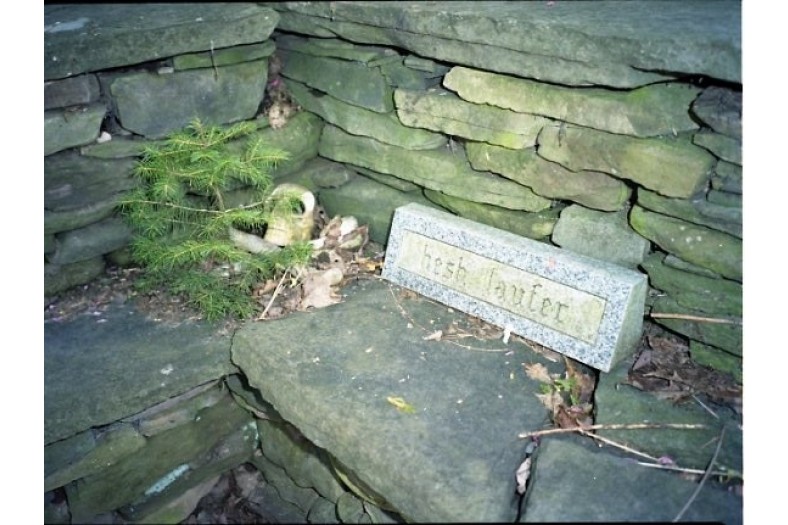
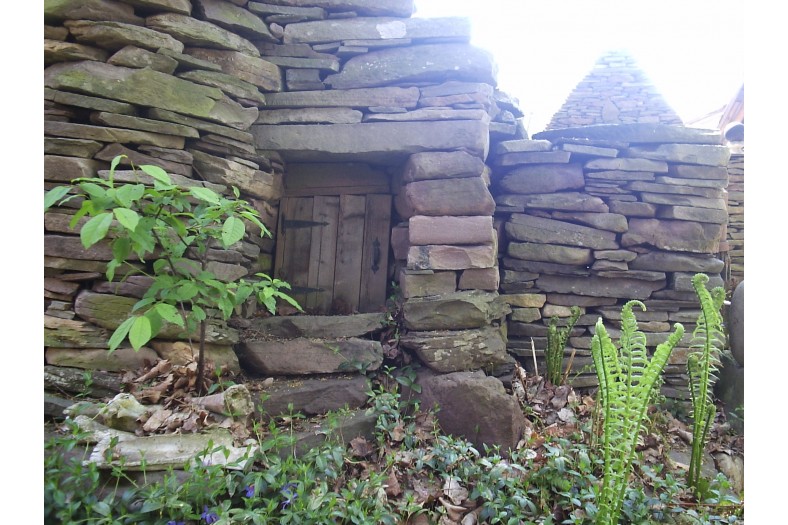
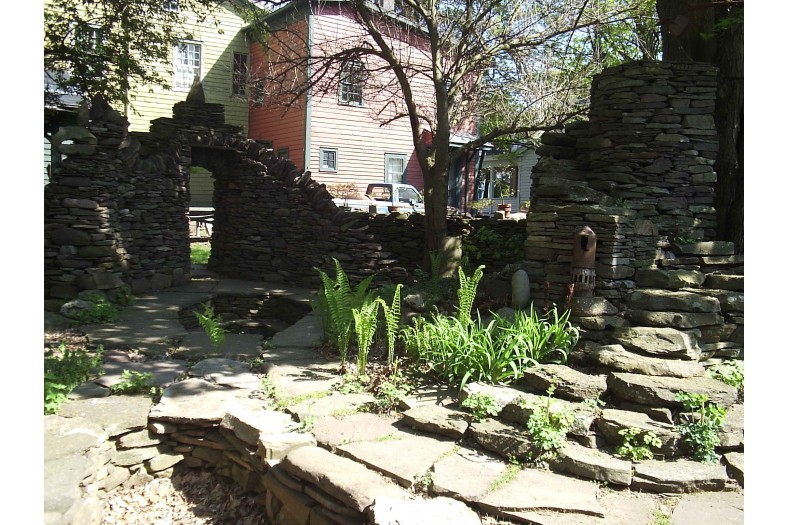
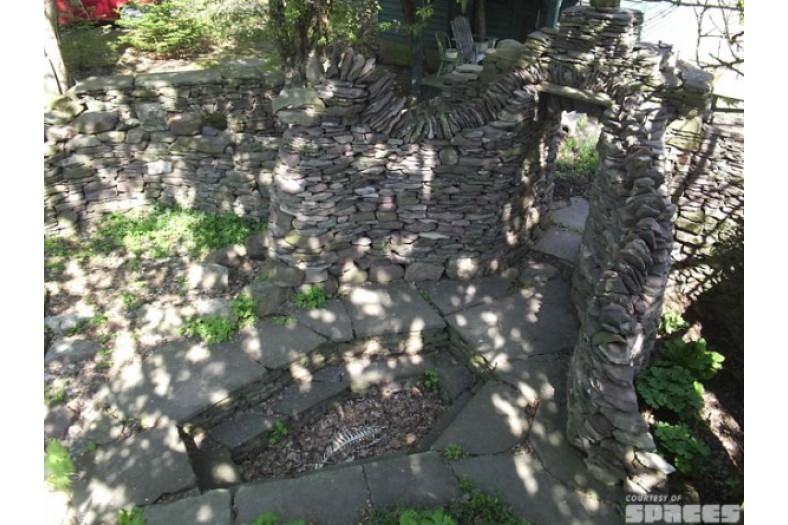
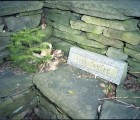
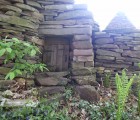
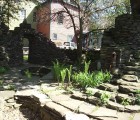
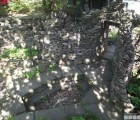
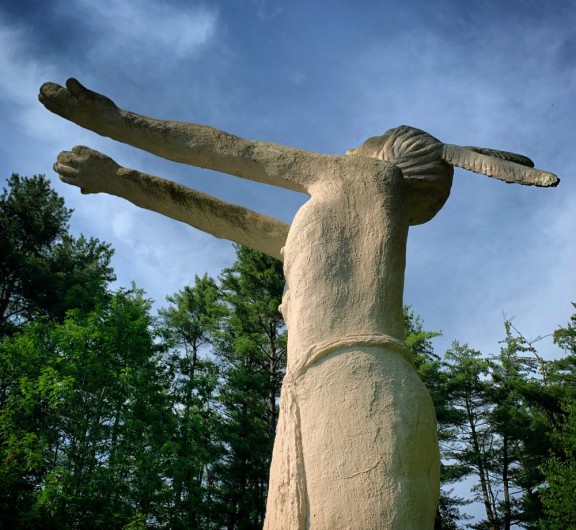
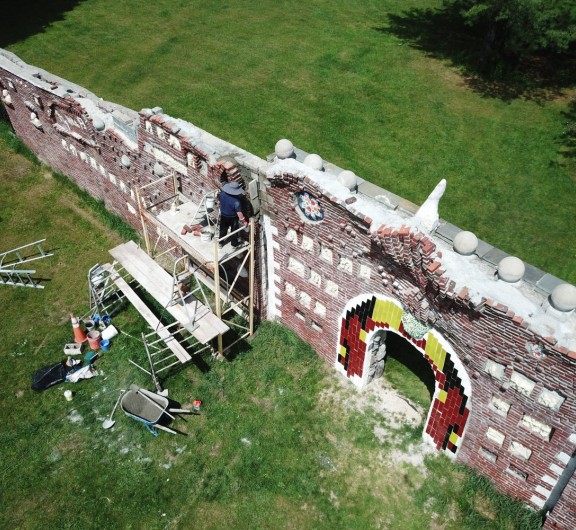
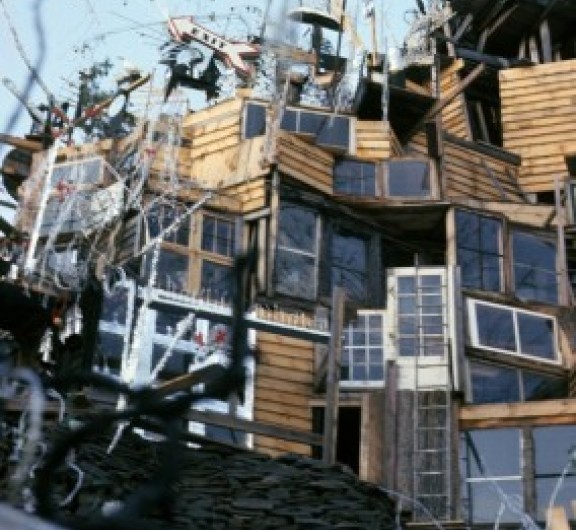
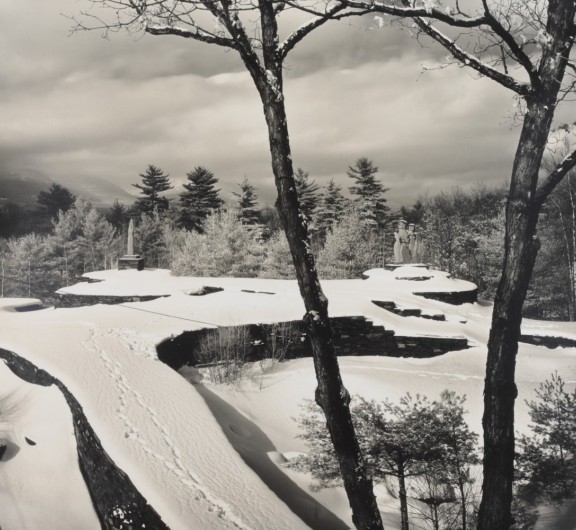
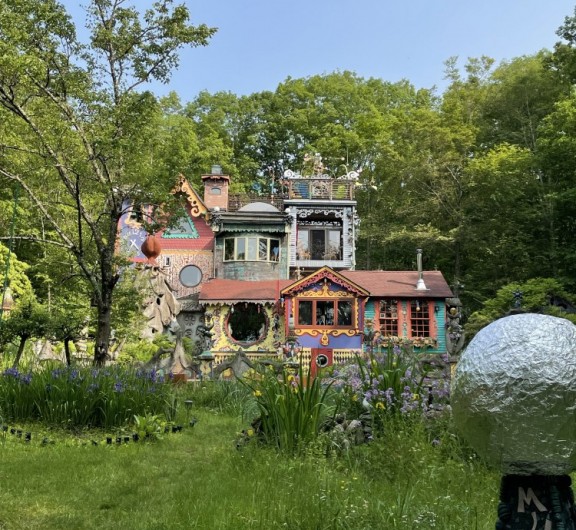


Post your comment
Comments
No one has commented on this page yet.